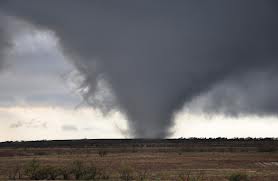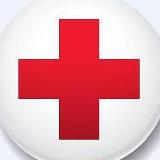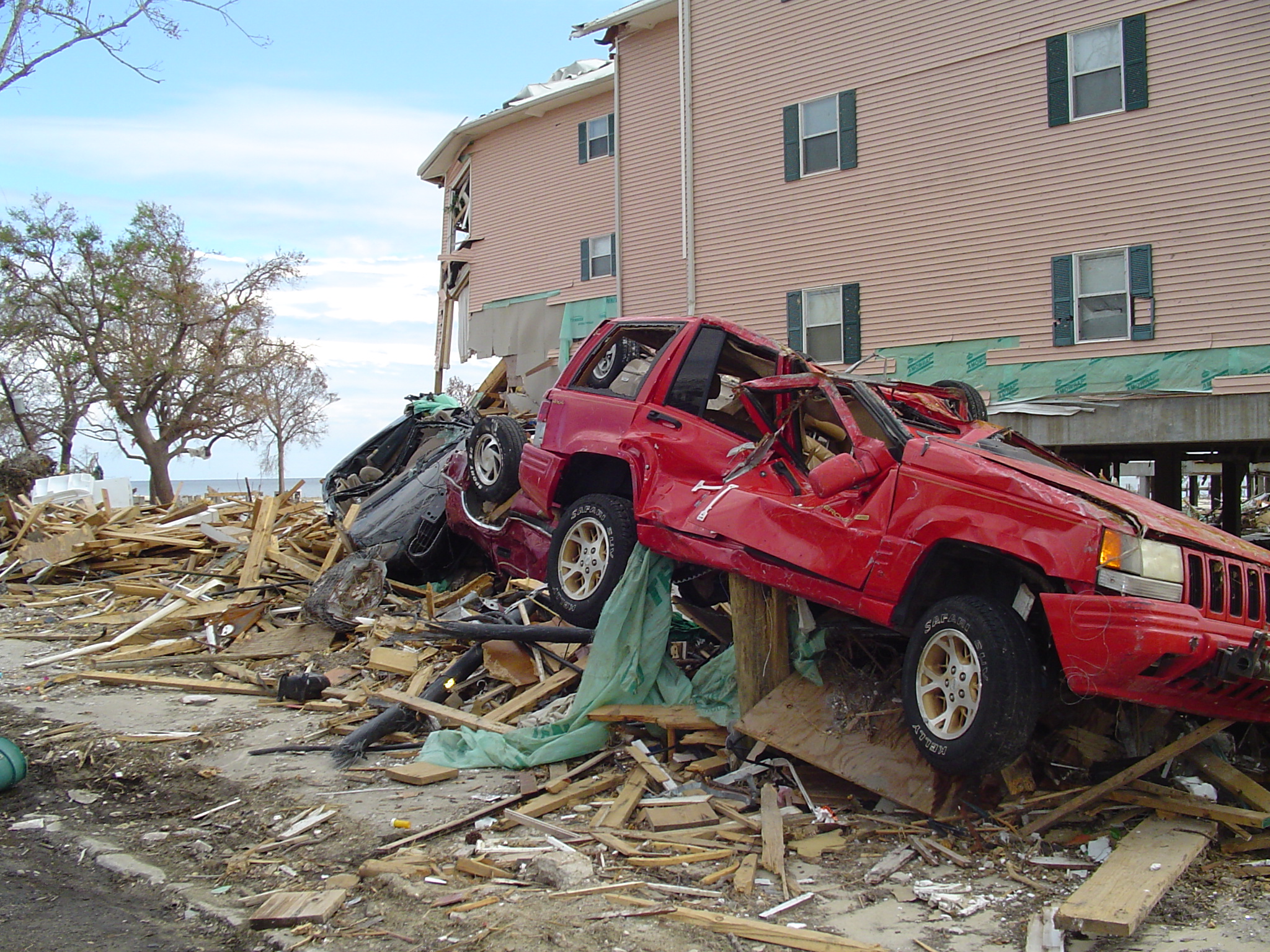How social media helps during natural disasters by Brad Hines 5-27-13 11: 16 am

Social media, for all its frequent frivolity like telling people you are shopping for curtains while eating a bagel, is actually incredibly useful during a natural disaster. In a disaster, communication is critical both beforehand and after. Increasingly in recent years, social media has become a driving force in spreading the needed word both, during these terrible disasters, and after as well.
Many have pointed out about the problem of misinformation in social media, like the mass of incorrect information that was being put out after the recent Boston Marathon Bombings. Is this barrage of wrong information during major events something that will correct itself in time? Lisa Schulteis, an online marketing manager points out to me that even CNN made a major error in the reporting of the said bombings. I asked her then what the upside to social media reporting was, and it seems to indeed be immediacy for one,
"when Osama Bin Laded was killed, I had actually found out about it an hour and half earlier on Twitter than rather than what any major media station was reporting at the time", says Schulteis.
The call for better ability to curate and dissimilate information is crucial during a natural disaster more than in general of course, as in such instances misinforming can be deadly in theory. As fast as shelters themselves, something that seem to spring up rather quickly with the recent Oklahoma Tornado at least, was that of dedicated places to talk about the event, and thus have some kind of actual management to them. Schulteis points out that another way to use social media in such a way as to minimize the 'noise' information amidst the good, she tells me: "One thing everyone ought to do is follow official sources on social media, for example your local municipality..." She goes on, "and one thing every city should do, well there should be a call for cities to set up social network pages—like Facebook—for what citizens should do in emergencies. These work far faster than a stand alone web page for people to spread the word."
During The Disaster
Only ten years ago, communication during in the wake of natural disasters played out completely differently than today. Sometimes social media via the web might be the only way to communicate: Kelsey Bjornsgaard, a Moore Oklahoma native explained it to me best,
"Social media is an incredible communication tool providing a means to communicate even after cell phone lines are jammed, and with a lot of people in multiple locations. It is a great tool for gathering information and it is a catalyst to help unite people after a tragedy..."
She continues, "Facebook has also allowed me to update my friends in other countries and let them know that I am safe. At work: My company has clients all over the United States and our company facebook and twitter pages made it easy for us to give updates that we were all safe and that we would be returning to work the following day." An excellent example of such a page is facebook.com/MooreTornado which Schulteis points out had 20,000 members within just a day of event, and the page itself was created in mere hours of it.
How Social Media Helped In The Aftermath
After a disaster, people are of course scrambling to get information, especially locating loved ones and making sure they are okay. Social media often allows for information to get out  even faster than one's website home base, and as well, to a larger network of interconnected people. Even the American Red Cross was using a Faceook page, helping people find missing loved ones and offering information on where people could seek shelter. Whether or not people in need visited the American Red Cross web site, or the facebook page, there is a good chance by logging into Facebook that they saw links for either of those in their newsfeeds from friends and family.
even faster than one's website home base, and as well, to a larger network of interconnected people. Even the American Red Cross was using a Faceook page, helping people find missing loved ones and offering information on where people could seek shelter. Whether or not people in need visited the American Red Cross web site, or the facebook page, there is a good chance by logging into Facebook that they saw links for either of those in their newsfeeds from friends and family.
| "All of these very personal stories unfolded through social media, especially Facebook." |
Adam Root, co-founder of HipLogiq and an Oklahoma native tells me recently:
"All of these very personal stories unfolded through social media, specifically Facebook. Social media helped my friends find lost cats, letterman jackets and even each other. Social media helped raise money, awareness and spirits. In the future it would be great for Facebook or Twitter to aggregate these comments, photos, video, etc. on one page—think may20tornado.facebook.com [that site is now down]–that is archived and searchable for everyone to see and for future generations to learn from."
Hiplogiq, by the way, is selling T-shirts below cost and donating all the proceeds to the Oklahoma victims: facebook.com/socialcentiv.
Social Relief
There are many efforts after disasters to raise money for relief, and social media plays a large hand in this too as you can see. Abbey Dieteman of Dieteman Technology Consulting—and a certified emergency responder— explains to me how on Twitter, trending hashtags during the Moore Tornado have include #Oklahoma and #PrayforOklahoma that were and are still connecting donors to Red Cross and other donation pages.
And of course, that aforementioned Facebook page set up by the town of Moore? That is now a donation page too along side continuing to link people back with family, friends, pets, and more. Even with people who don't have the Internet, the sheer amount of people on Facebook and Twitter makes for a fabulous conduit for social media to double as a kind of safety grid along side its traditional goal of entertainment and recreation.
The Future Of Social Disaster Relief
Perhaps most interesting of all, is that for the first time in hundreds of years of media, the documentation of historic events has now been begun to be recorded in a truly democratic fashion. Social media will never be able to prevent a natural disaster—they are acts of God—but it looks very promising for how the field will continue to assist when these terrible tragedies do occur.